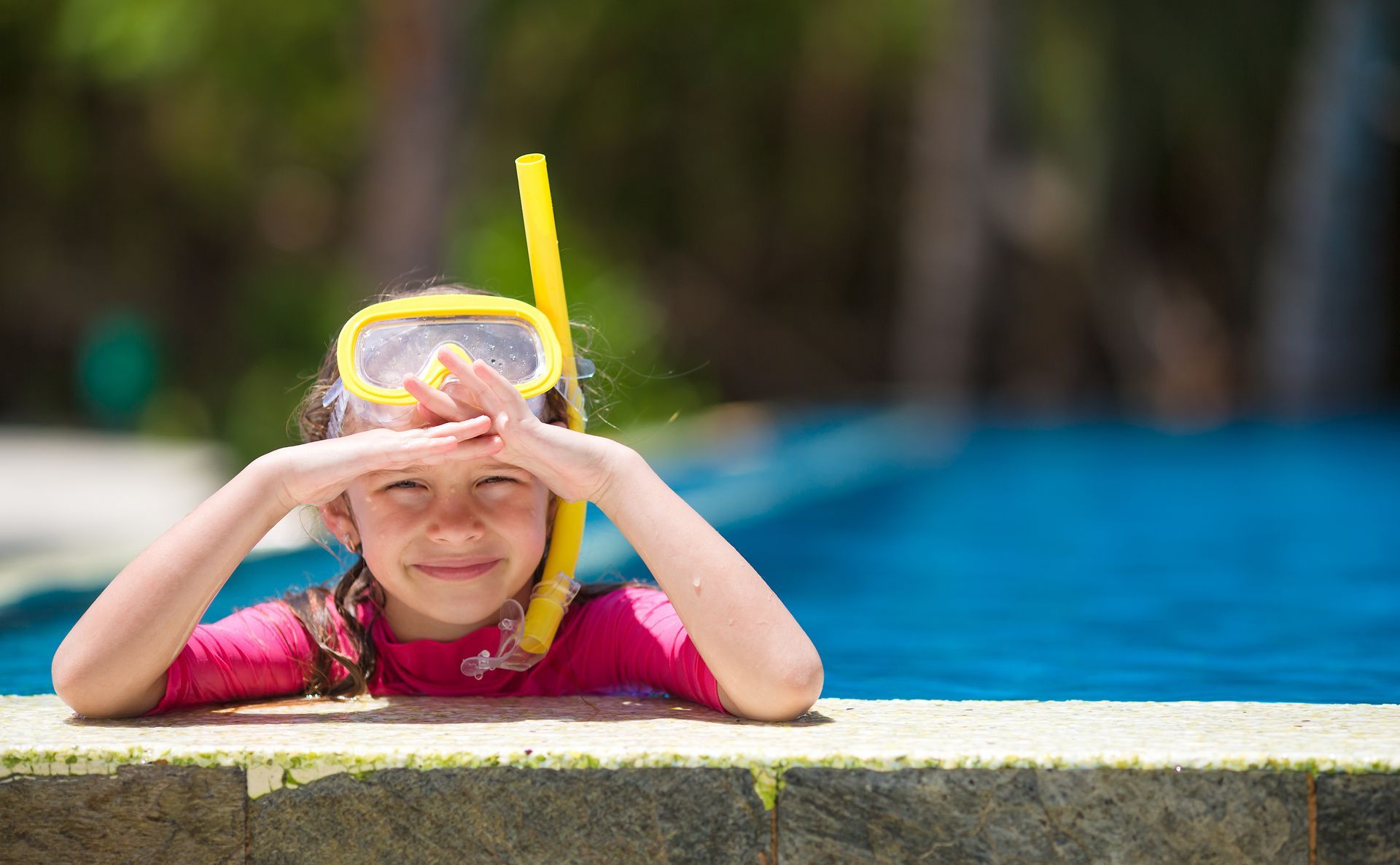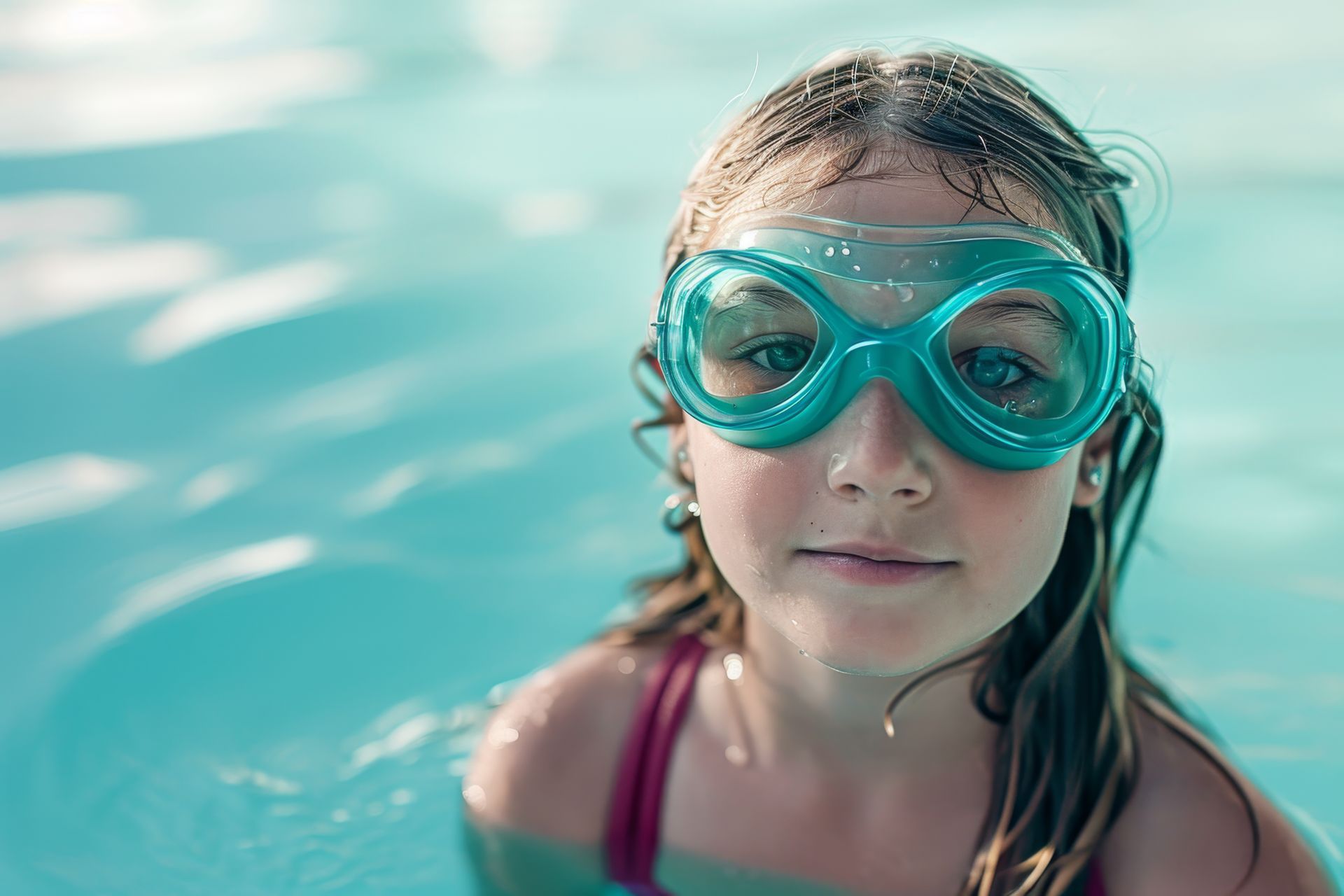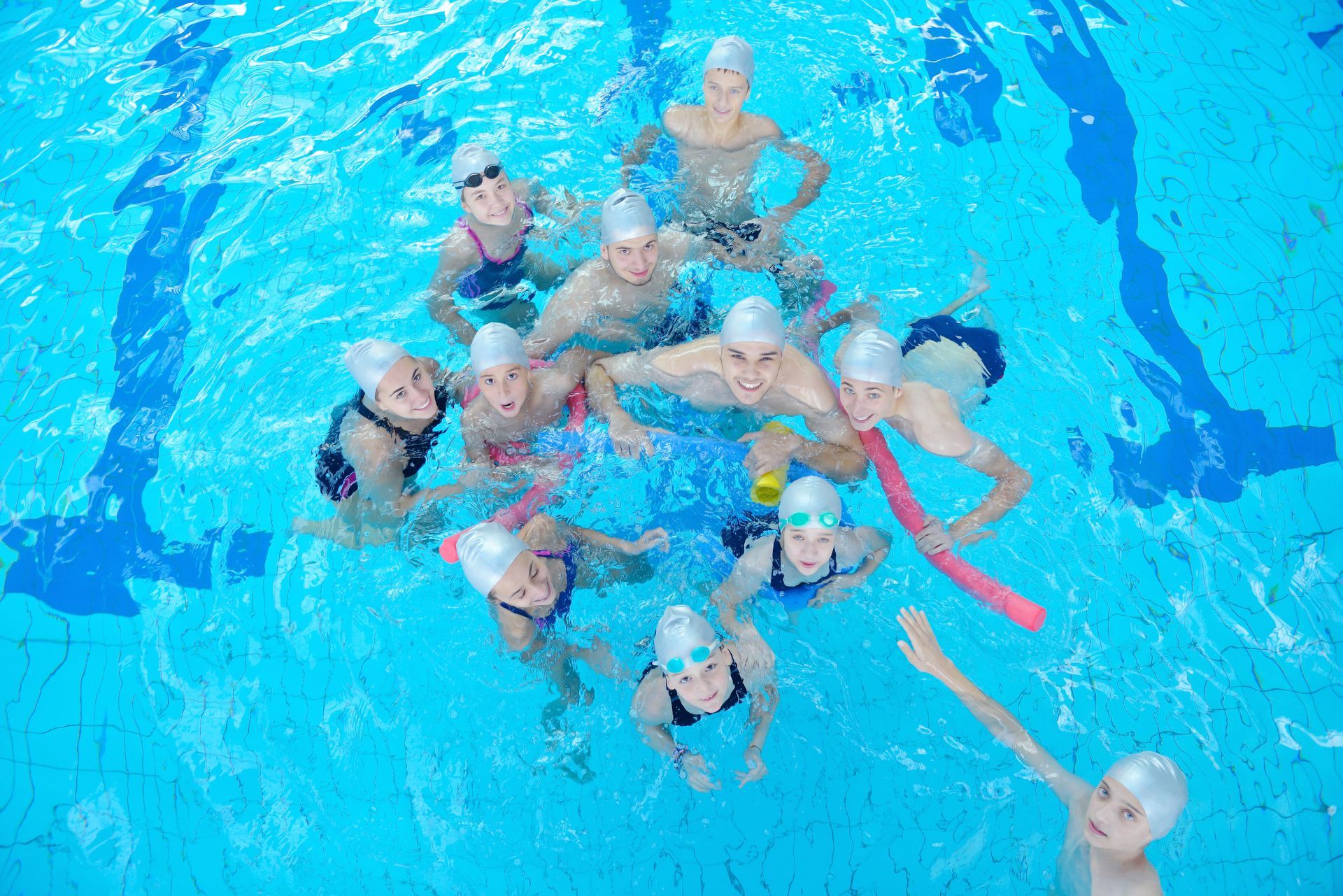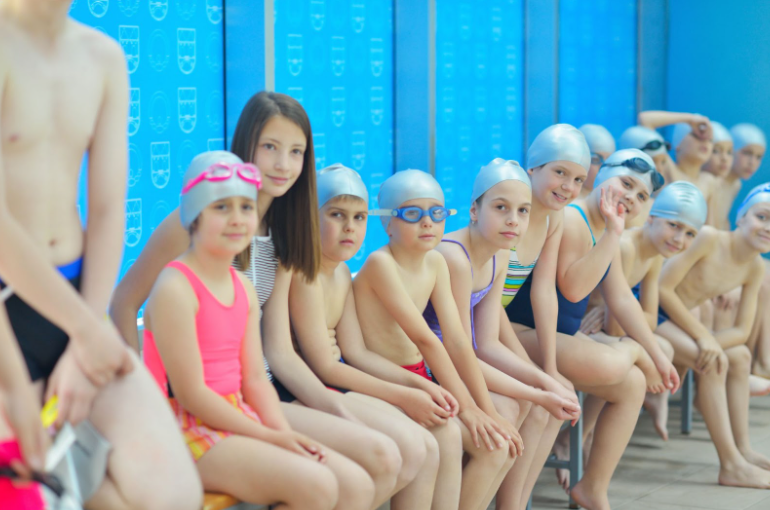Different Swimming Strokes to Exercise Different Muscles

Swimming is just about the ideal workout: it’s low-impact (meaning it’s especially great for those with joint issues or past injuries), has a low risk of injury, and exercises almost every muscle in the body. But does it build muscle? Well, the water provides a constant resistance that stretches and contracts your muscles, making them both more flexible and stronger. It’s a great combination of both cardio and strength training, working not only your heart, but your arms, torso, and legs as well.
While swimming in general uses all your muscles to a degree, each stroke targets a particular group of muscles. So in order to get the most out of swimming, switch up your strokes when you do laps. Keep a note of which strokes are your least favorite–often these are the ones that may benefit your body the most because they probably work your weakest muscles. Below is a list of which muscle groups are best worked by which swimming stroke.
Backstroke
This stroke involves your arms pulling and pushing underwater, while also requiring you to maintain the position of your torso in the water. The backstroke tends to be less demanding than the freestyle or breaststroke, so if you’re looking to do some recovery laps between intense workouts, or for a good way to ease back into swimming after an injury, the backstroke is a great go-to.
This stroke works your biceps, triceps, deltoids, abs, glutes, pecs, rib intercostals, and hip stabilizers. The backstroke also uses a flutter kick to help propel your body forward, which works primarily your hamstrings, but also your calves and feet muscles.
Front Crawl (or Freestyle Stroke)
The front crawl is a fast-paced stroke that tends to work muscles harder because of the greater force it generates. It’s the stroke most often used in the freestyle event because it’s the fastest and most efficient, and tends to be the preferred stroke of experienced swimmers. Your arms must move quickly from above your head down to the sides of your body which builds your muscles and improves your speed.
This stroke mostly targets the pecs, lats, and other back muscles, but your arms, shoulders, and hips are also worked. Like the backstroke, it also employs the flutter kick, but since you’re facedown in this stroke it’s your quads that are targeted here.
Breaststroke
This popular facedown stroke requires your upper and lower body to move in tandem. Both arms move together in sweeping movements underwater, while your legs perform a whip kick that requires them to move simultaneously, instead of separately like the flutter kick. The breaststroke is ideal for beginners because it’s not super physically demanding, so you can swim longer without getting tired. However, it does require you to lift your head out of the water to breathe, which surprisingly depends on arm and leg strength rather than the neck.
These synchronized arm movements work the pecs, biceps, deltoids, and finally triceps as you thrust your arms forward for another stroke and lift your head up for a breath. The whip kick engages your glutes, hamstrings, quads, and calves.
Butterfly
The butterfly stroke tends to require the most physical exertion, and engages your chest and hips just as much as your limbs. It’s great for quickening your metabolism and will have your core muscles screaming. Your torso is thrust towards the surface with every stroke, as your arms move forward synchronously back into the water and then down to your sides.
The butterfly works your abs, shoulders, back muscles, hips, and glutes, and is ideal if strength-building is what you’re after.
If you’re interested in the full-body workout that swimming provides, sign up for one of our classes today.
The post Different Swimming Strokes to Exercise Different Muscles appeared first on Swim Jim.







